The Chippendale Style is named after its creator Thomas Chippendale, who was one of the most-skilled cabinetmakers and designers of the 18th century.

Image source: https://search.creativecommons.org/photos/85cfb2db-2152-45d7-9edb-5ccb84f8d0bb by Tim Green aka atoach
About Chippendale
Thomas Chippendale was born in Otley, England to a family of carpenters. Chippendale’s designs were influenced by several styles, such as Rococo, Gothic and chinoiserie. Later, the Neo-classical works of the architect Robert Adam influenced Chippendale. In 1754, he published a book of his designs, “The Gentleman and Cabinet Maker’s Director,” which had great success.
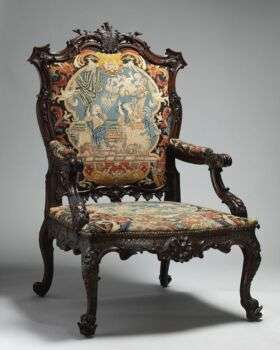
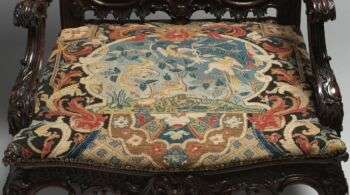
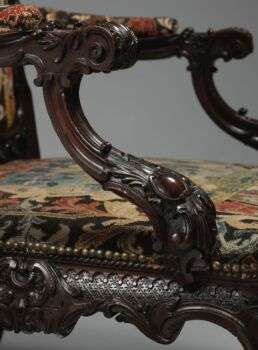
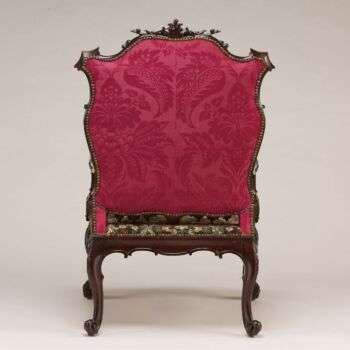
Along with Thomas Sheraton and George Hepplewhite, he became one of the “big three” English furniture designers of the eighteenth century. After the death of Chippendale in 1779, his son, also named Thomas, carried on his shop.

Image source: https://search.creativecommons.org/photos/4b69ebf3-a3d3-4848-9e51-5ef71bf2026f by michael ely
About His Work
Chippendale was more than a simple cabinetmaker, as he took control of the interior design production for nobles. While designing a product, he paid attention to the choice of colors, based on the room for which it was intended. Noble families often commissioned Chippendale to make furniture for their mansions.
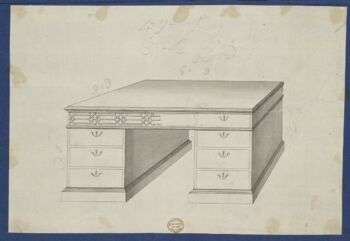
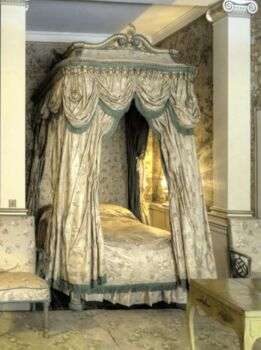
Image source: https://search.creativecommons.org/photos/1c523879-26eb-467f-8c82-8bb1ba08f21d by David Dixon
Chippendale Style
Chippendale Style made a school, and the appeal of his designs resurfaced in the second half of the 19th century, with the creation of derivative styles, fused with other styles. The most famous styles include:
- Gothic Chippendale – recognized with s-shaped curves and pointed arches in the backs of chairs
- Chinese Chippendale – often included cabinets and shelves featuring pagoda-style pediments arranged in a fretwork design.

Info source: https://www.architectureartdesigns.com/everything-you-need-to-know-about-chippendale-furniture/
